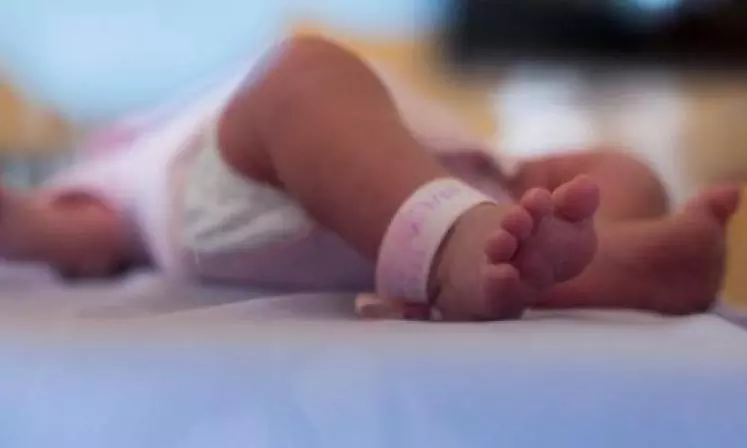Child Cardiac Issues on Rise in Andhra Pradesh

Visakhapatnam: In Andhra Pradesh, every 1 out of 100 infants born is suffering from cardiac-related diseases and the state has a total of 1,00,000 children with these diseases, according to the data of the state health ministry. Annually, about 8,000 children are born with congenital heart disease (CHD) in the state. The CHD has become a major health issue among newborns in the country too, affecting every 1 in 100 newborns and around 240,000 babies being born with CHD in India annually.
The other major cardiac issues found in children are ventricular septal defects (VSD), atrial septal defects (ASD), patent ductus arteriosus (PDA), tetralogy of fallot (TOF), total anomalous pulmonary venous drainage (TAPVD) and transposition of the great arteries (TGA). These paediatric cardiac issues are heavily contributing to the infant mortality rate of the country. The situation is particularly dire in rural areas, where many infants do not receive adequate medical treatment, contributing to nearly 10% of all infant deaths in the country.
Dr Vikram, a paediatric cardiac surgeon interacting with Deccan Chronicle, explained that heart diseases in children are two types: congenital and acute. Congenital diseases develop during the formation of the baby’s heart before birth and acute conditions arise after birth due to infections. He highlighted that paediatric cardiac issues are most common in our society because of consanguineous marriages, poor nutrition, chromosomal problems and pesticide exposure among pregnant women. He further said, if the baby is treated, the success rate will be 90 per cent and the child can lead a healthy life.
Babies with CHD can often be identified by their skin colour, rapid breathing, swelling in various parts of the body and poor weight gain. He advised having a fetal echocardiography examination that uses a standardised and systemic approach to diagnose fetuses with CHD or other forms of primary or secondary cardiac disease. This examination can be done from the late first trimester onwards.

